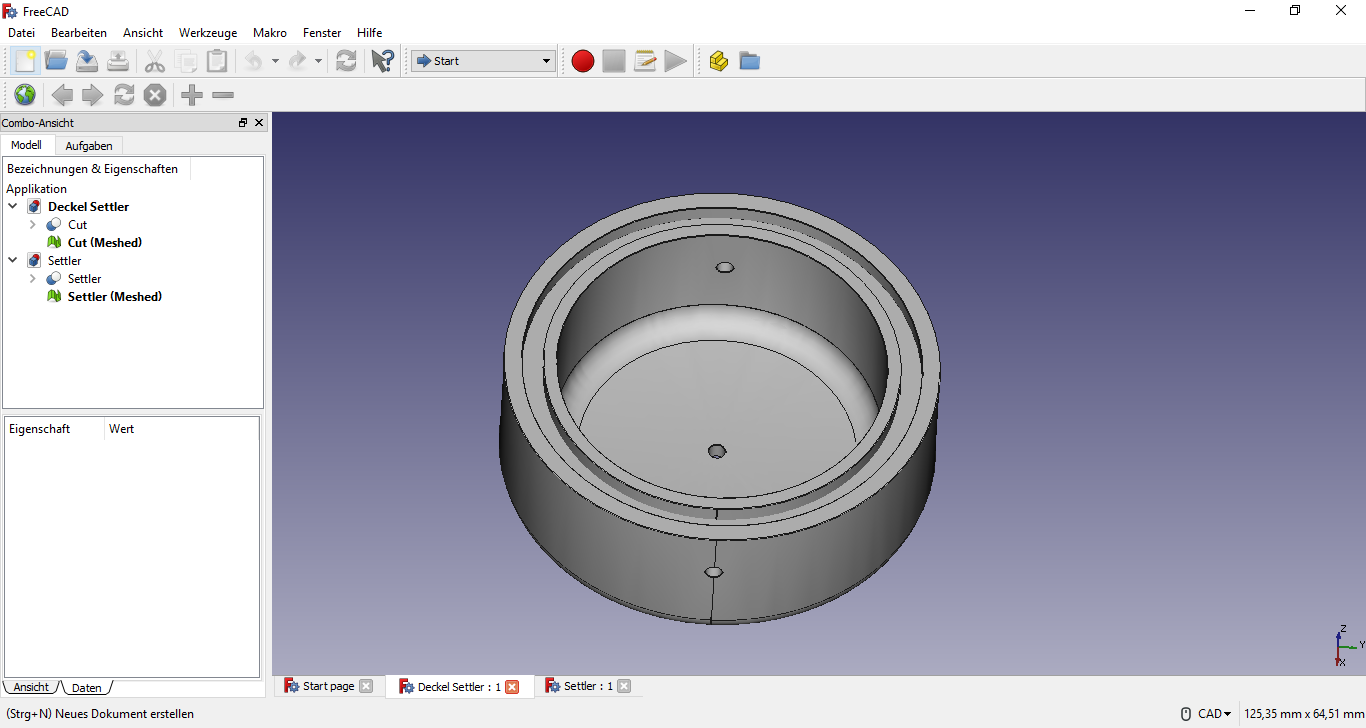| Line 70: | Line 70: | ||
<a name="print" id="print" class="shifted-anchor"></a> | <a name="print" id="print" class="shifted-anchor"></a> | ||
| + | |||
<h2>Printing Electronics</h2> | <h2>Printing Electronics</h2> | ||
| Line 132: | Line 133: | ||
<img class="figure hundred" src="https://static.igem.org/mediawiki/2018/d/db/T--Bielefeld-CeBiTec--jr--Bioreactor.png"> | <img class="figure hundred" src="https://static.igem.org/mediawiki/2018/d/db/T--Bielefeld-CeBiTec--jr--Bioreactor.png"> | ||
<figcaption> | <figcaption> | ||
| − | <b>Figure | + | <b>Figure 5:</b> Prototype of the first bioreactor. |
</figcaption> | </figcaption> | ||
</figure></br> | </figure></br> | ||
| Line 141: | Line 142: | ||
<img class="figure hundred" src="https://static.igem.org/mediawiki/2018/2/2b/T--Bielefeld-CeBiTec--jr--Bioreactor2real.png"> | <img class="figure hundred" src="https://static.igem.org/mediawiki/2018/2/2b/T--Bielefeld-CeBiTec--jr--Bioreactor2real.png"> | ||
<figcaption> | <figcaption> | ||
| − | <b>Figure | + | <b>Figure 6</b> Screenshot of the model on the improved bioreactor with adjustments for a settler system, a double jacket for isothermal cultivation and adjustments of the form to enable easier oxygenation.ments for a settler system, a double jacket for isothermal cultivation and adjustments of the form to enable easier oxygenation. The model was created using FreeCAD. |
</figcaption> | </figcaption> | ||
</figure></br> | </figure></br> | ||
| Line 148: | Line 149: | ||
In order to promote the thought of open source and public accessibility we provide the scientific community with a construction plan for 3D printing both reactor units using the freeware FreeCAD. The production takes approximately eight hours using a 3D printer. Since the favored printing material polylactic acid (PLA) costs around 0.5 USD per cm<sup>3</sup>, reconstructing the reactor unit is cheap. Several components of the system can be produced using PLA although using glass is possible as well. Cell retainment in the reactor unit saves time and reduces costs as working procedures to separate the cells from the medium become no longer necessary. Silicon tubes can be acquired for 0.88 USD per meter, peristaltic pumps for less than 177 USD, yielding a total cost of less than 360 USD for the complete reactor. | In order to promote the thought of open source and public accessibility we provide the scientific community with a construction plan for 3D printing both reactor units using the freeware FreeCAD. The production takes approximately eight hours using a 3D printer. Since the favored printing material polylactic acid (PLA) costs around 0.5 USD per cm<sup>3</sup>, reconstructing the reactor unit is cheap. Several components of the system can be produced using PLA although using glass is possible as well. Cell retainment in the reactor unit saves time and reduces costs as working procedures to separate the cells from the medium become no longer necessary. Silicon tubes can be acquired for 0.88 USD per meter, peristaltic pumps for less than 177 USD, yielding a total cost of less than 360 USD for the complete reactor. | ||
</article> | </article> | ||
| + | <article> | ||
| + | Below we offer the files for the freeware FreeCAD which are necessary to reconstruct our reactor and the corresponding components. | ||
| + | </article> | ||
| + | <figure role="group"> | ||
| + | <img class="figure hundred" src="https://static.igem.org/mediawiki/2018/6/6c/T--Bielefeld-CeBiTec--jr--Bioreactor2.png"> | ||
| + | <figcaption> | ||
| + | <b>Figure 7</b> Screenshot of the model on the improved bioreactor with adjustments for a settler system, a double jacket for isothermal cultivation and adjustments of the form to enable easier oxygenation.ments for a settler system, a double jacket for isothermal cultivation and adjustments of the form to enable easier oxygenation. The model was created using FreeCAD. | ||
| + | </figcaption> | ||
| + | </figure> | ||
| + | <figure role="group"> | ||
| + | <img class="figure hundred" src="https://static.igem.org/mediawiki/2018/2/2c/T--Bielefeld-CeBiTec--jr--Bioreactor2Settler.png"> | ||
| + | <figcaption> | ||
| + | <b>Figure 8</b> Screenshot of the model on the designed settler. The model was created using FreeCAD. | ||
| + | </figcaption> | ||
| + | </figure> | ||
| + | <figure role="group"> | ||
| + | <img class="figure hundred" src="https://static.igem.org/mediawiki/2018/8/81/T--Bielefeld-CeBiTec--jr--Bioreactor2Deckel.png"> | ||
| + | <figcaption> | ||
| + | <b>Figure 9</b> Screenshot of the model on the lid for the settler. The model was created using FreeCAD. | ||
| + | </figcaption> | ||
| + | </figure> | ||
<hr style="width:60%"></hr> | <hr style="width:60%"></hr> | ||
Revision as of 02:21, 18 October 2018

Hardware
Printing Electronics

Silver has the highest conductivity and does not oxidize making it a popular choice for flexible electronics. Gold on the other hand is very expensive but has the advantage of not reacting with biological systems.



Design of a Cross-flow Bioreactor





Raut, N. C., & Al-Shamery, K. (2018). Inkjet printing metals on flexible materials for plastic and paper electronics. Journal of Materials Chemistry C, 6(7), 1618-1641.


